Idaea ochrata
(Scopoli, 1763)
-
 Subfamily: Sterrhinae, Sterrhini
Subfamily: Sterrhinae, Sterrhini -
 Wingspan: 18-24 mm
Wingspan: 18-24 mm -
 Flight period: Jun - Aug
Flight period: Jun - Aug -
 Spread: Common
Spread: Common -
 Host plants: Polyphagous
Host plants: Polyphagous
Information
The Idaea ochrata is a moth of the Geometridae family, subfamily Sterrhinae, with a wingspan of 18-24 mm.
It is distributed in almost all of Europe with the exception of Norway, Ireland, Lithuania, Latvia, Estonia and north-western Russia. In Italy it is also present on the islands.
The wings, both the front and rear, of the Idaea ochrata have a light ocher background color, with dark ocher markings and lines.
The anterior wing has three of these lines, on the border between the basal region and the disc, one in the disc region and the third in the post-discal region.
Only the last two lines are present in the rear wing.
The marginal region has a slightly darker band than the background color with light markings almost forming a wavy line on the front wing,
more similar to a series of lunulae in the rear wing. On the rear wing there is a very small black discal point, a thin dark line, interrupted at intervals
regular from dark brown points, it follows the entire outer edge of the wings.
All wings are fringed. Head, thorax and abdomen are ocher in color.
This moth flies in a single generation, univoltine from June to August. Attend dry areas and trails. The species overwinters as a larva.
In the British Isles it is thought that the larvae feed on the flowers of the plants of the dunes in the coastal locations, but can be present from sea level up to 500 m in the northern part of the range
but which can rise up to 2000 and beyond in the Mediterranean area. ****
The eggs are ovoid, white, shiny and knurled, they are laid in groups on the host plant. **
The caterpillar is normally light brown in color with a darker, undefined dorsal line. Sometimes the color is brown with light ocher side lines.
The pupa is pale yellow with the area of the abdominal segments brown. Near the cremaster, which is dark brown in color and from which some small ones emerge
hooked filiform excrescences, two lateral protuberances are seen.
The larva is polyphagous and feeds on dry leaves of Vicia, pontentilla, Festuca and Rubus. ***
Captive larvae feed on the flowers of Crepis spp., of dandelion (Taraxacum officinalis), Tussilago farfara. ****
* Lepidoptera mundi https://lepidoptera.eu/ - Fauna Europea https://fauna-eu.org/
** Bestimmungshilfe für die in Europa nachgewiesenen Schmetterlingsarten - http://lepiforum.de/
*** Roland Robineau, Guide de papillons nocturne de France, Delachaux et Niestlé, 2011 p.38
**** Guide to the moths of Great Britain and Ireland - https://ukmoths.org.uk/
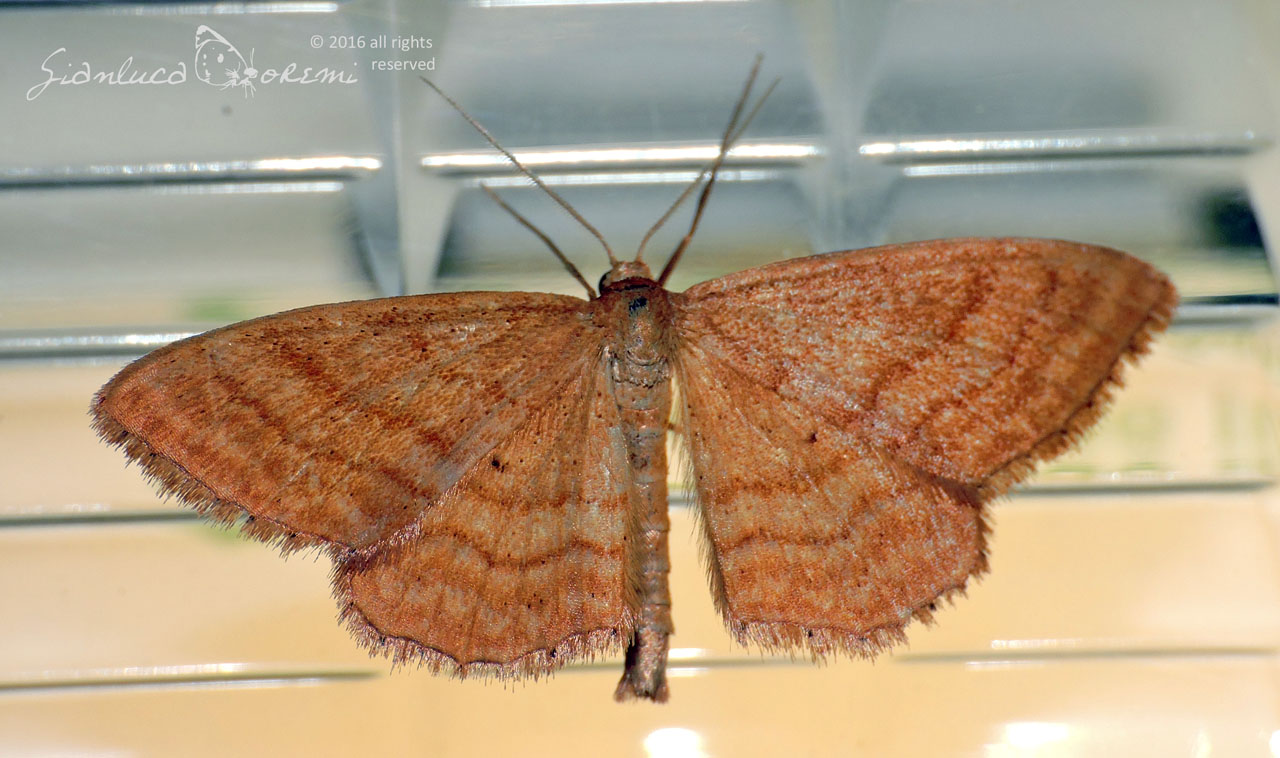
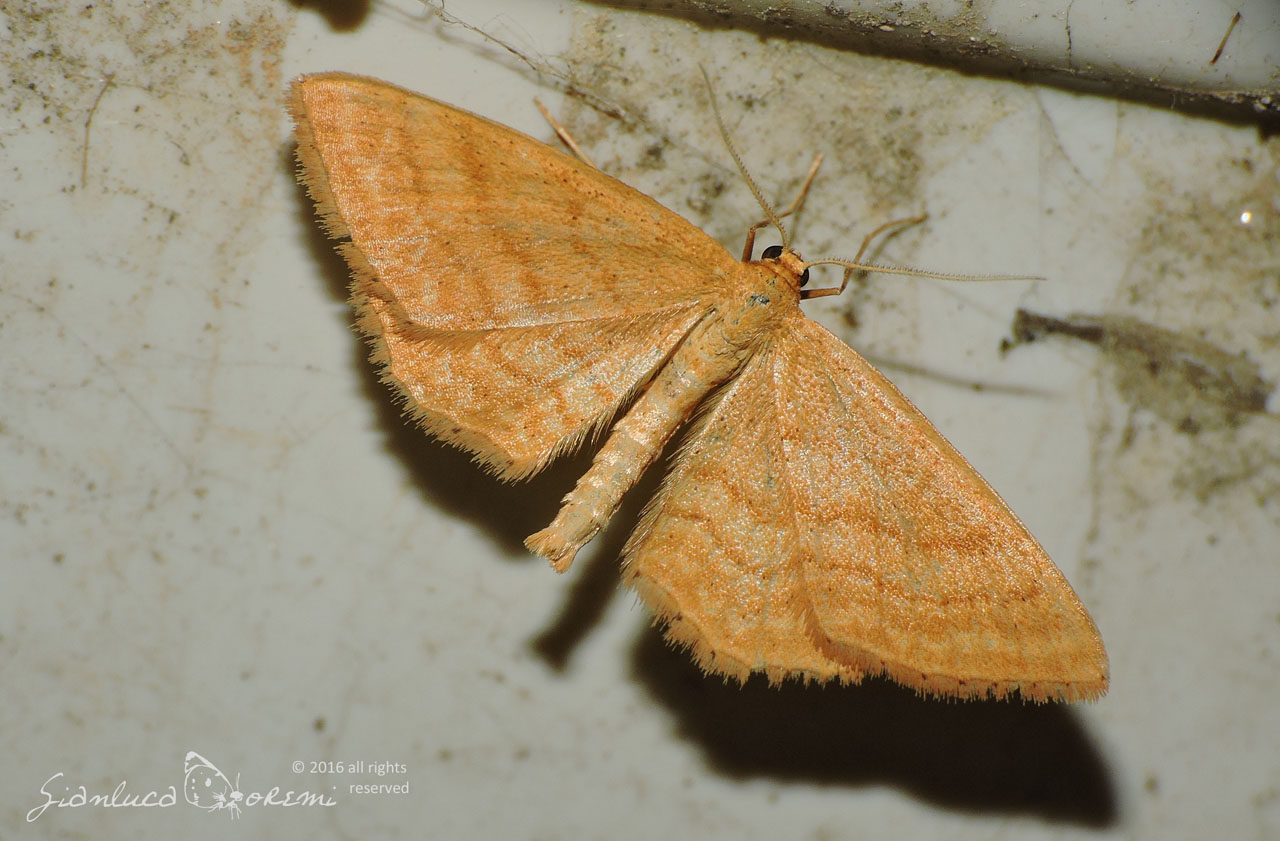
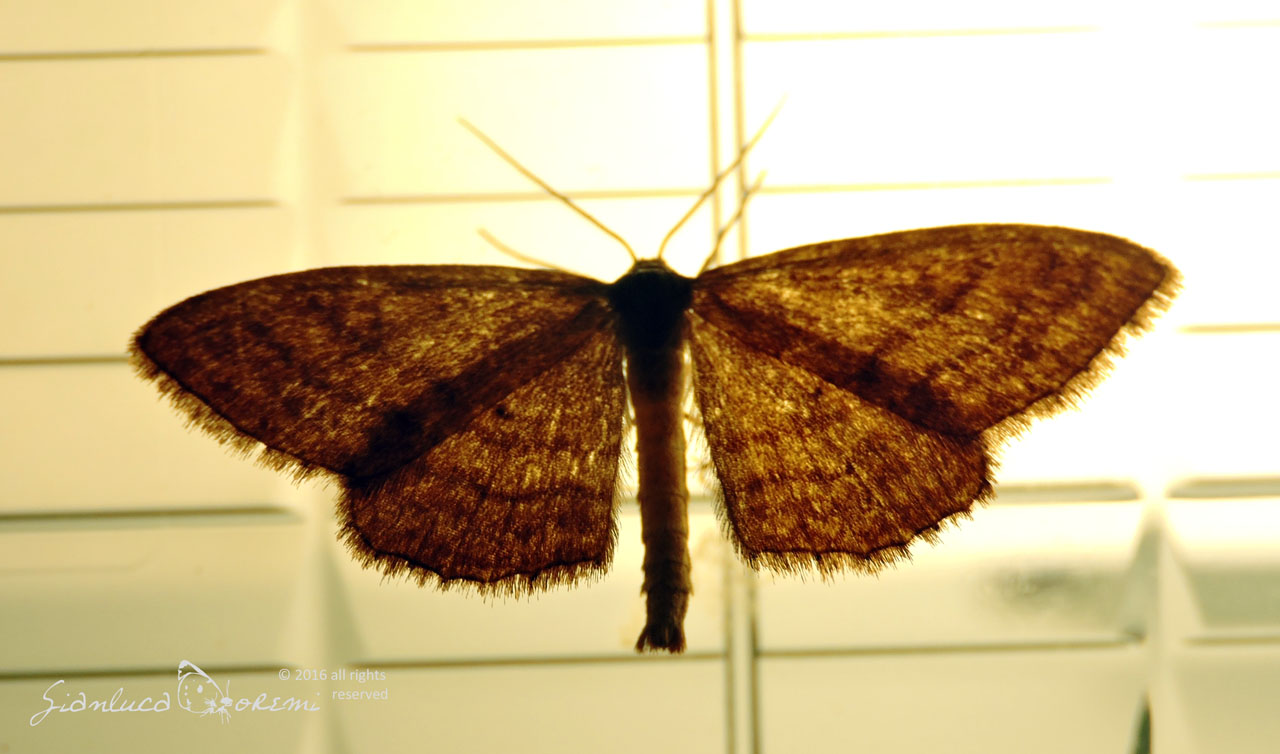
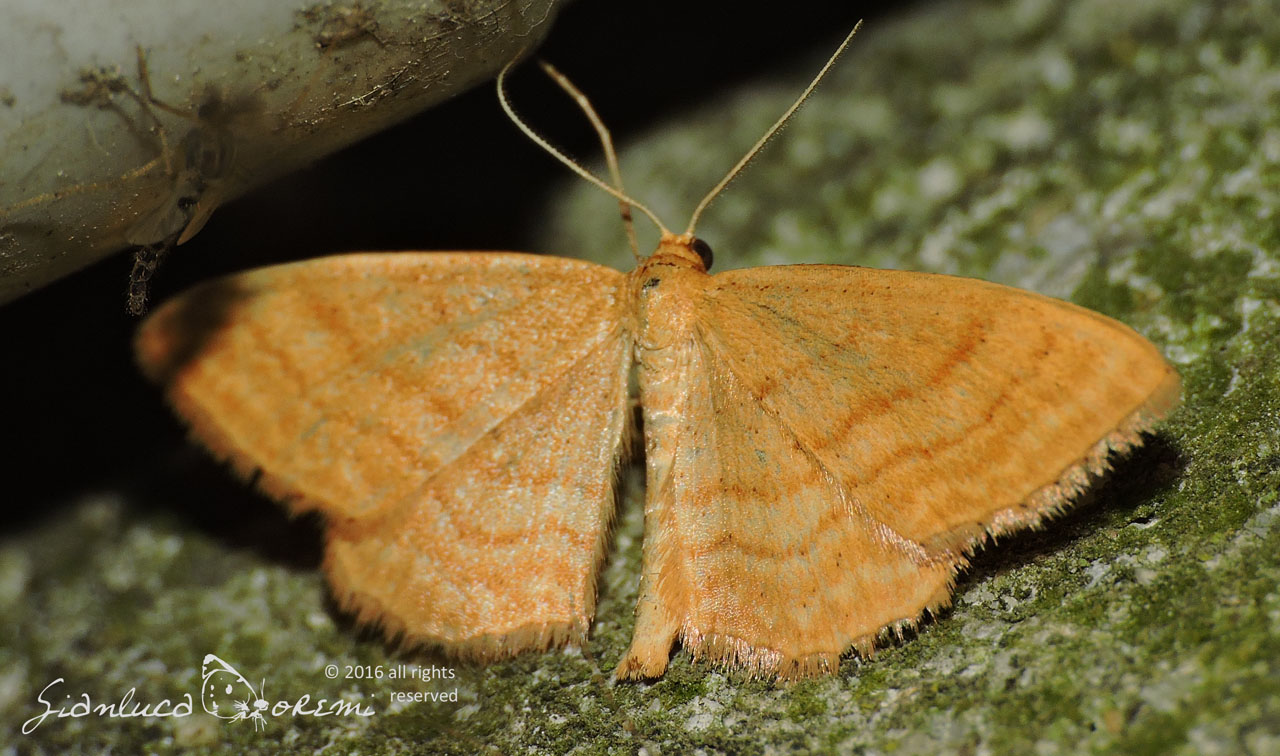
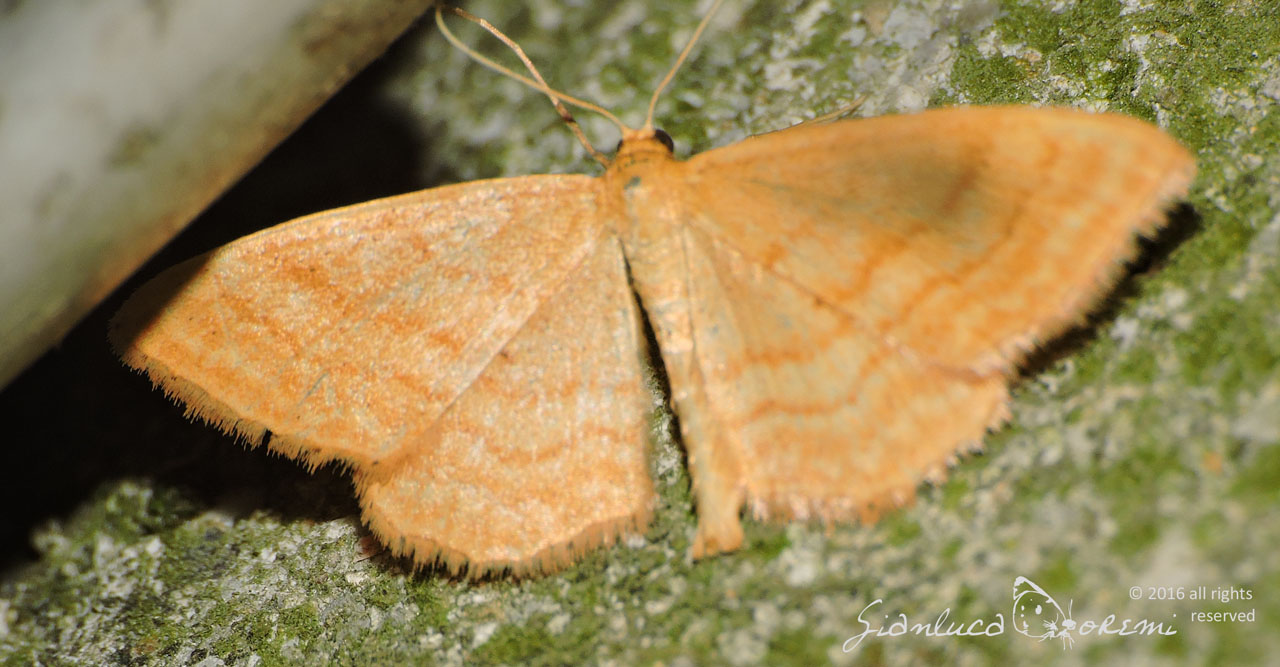
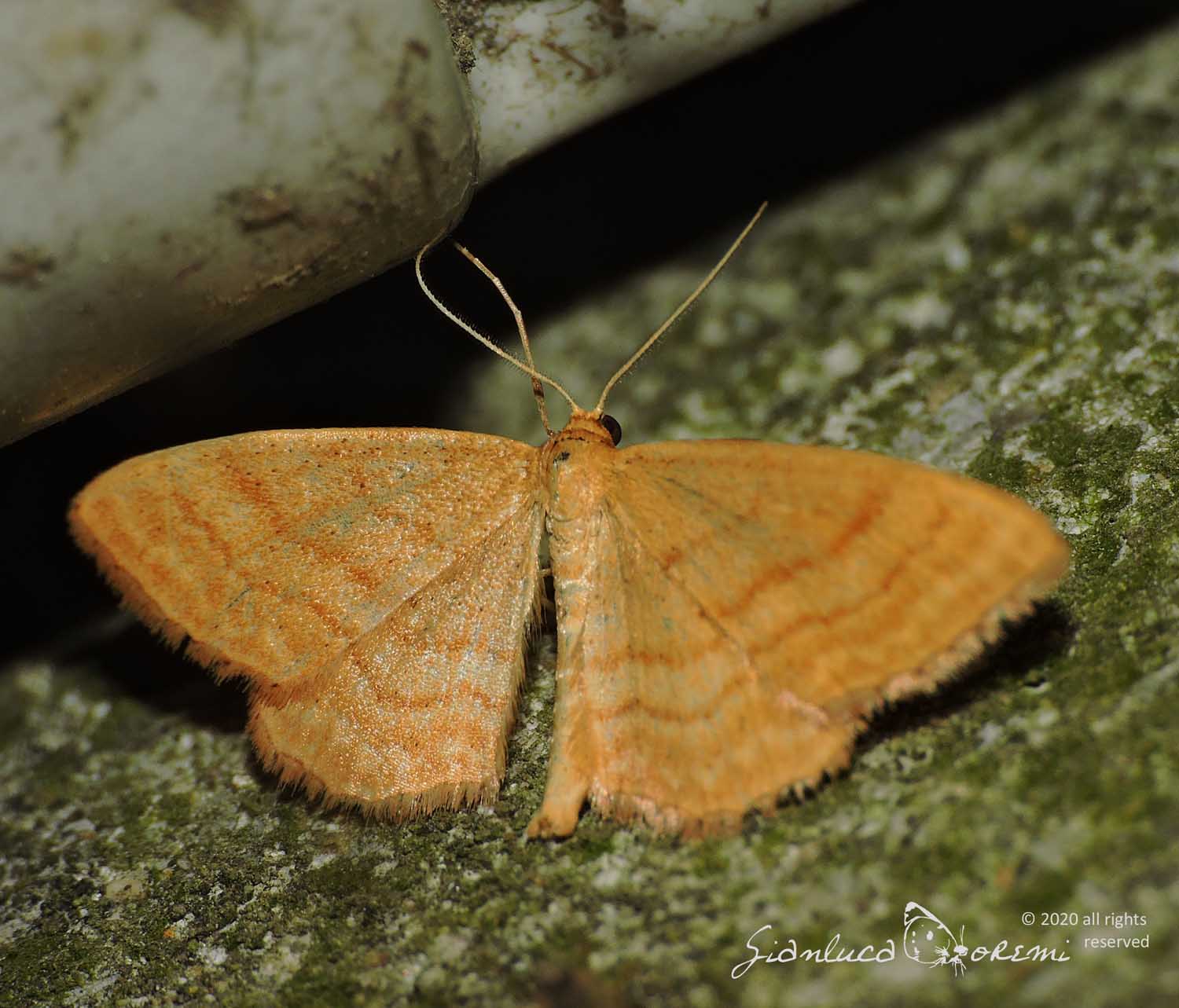

 EN
EN ITA
ITA
Social and publications